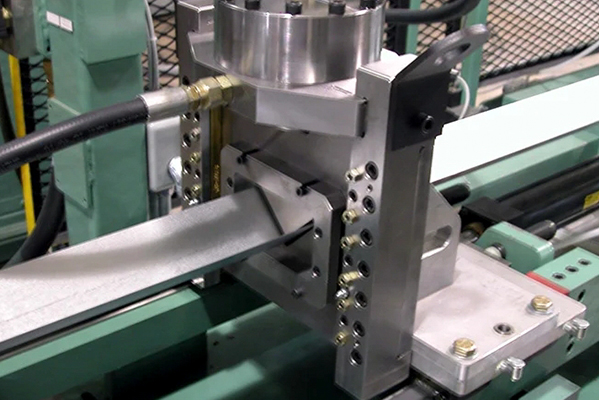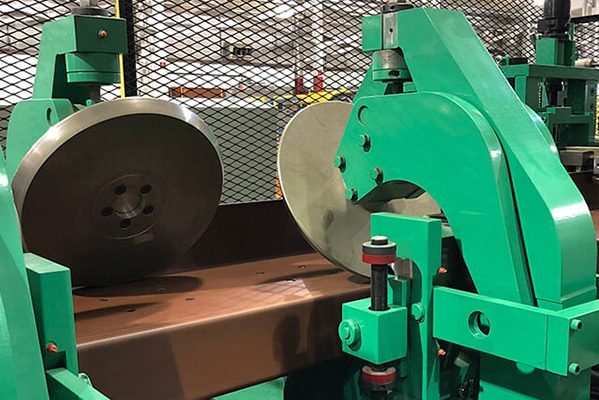Navigation Menu
Contact Us
- Email:
- info@wxavatar.com
- Address:
- Yurong Village, Yuqi Street, Huishan District, Wuxi, China.
Release Date:Apr 24, 2025 Visit:56 Source:Roll Forming Machine Factory
Rolling machining is a metalworking process where a workpiece is shaped by passing it through rotating rolls. The rolls apply pressure to deform the material, changing its thickness, width, or shape. This method is commonly used to make sheets, bars, rods, and structural shapes like I-beams.

How It Works
In rolling machining, the metal is fed between two or more rolls that rotate in opposite directions. The gap between the rolls is smaller than the thickness of the incoming material, so the metal gets compressed and stretched as it passes through. Depending on the temperature of the metal, the process can be:
Hot Rolling – Done at high temperatures, making the metal easier to shape.
Cold Rolling – Done at or near room temperature, resulting in a smoother finish and tighter tolerances.
Types of Rolling Processes
1.Flat Rolling – Produces flat sheets or strips by squeezing the metal between two parallel rolls.
2.Shape Rolling – Forms metal into specific cross-sections, like rails or beams, using grooved rolls.
3.Ring Rolling – Expands a metal ring by rolling it between two rolls to increase its diameter.
4.Thread Rolling – Forms threads on screws or bolts by pressing them between shaped dies instead of cutting.
Advantages
Can produce large quantities of metal parts quickly.
Improves material strength in some cases.
Provides good surface finish, especially in cold rolling.
Common Applications
Rolling machining is used in industries like automotive, construction, and manufacturing to make parts such as:
Metal sheets for car bodies
Structural steel beams
Pipes and tubes
Wires and rods

Conclusion
Rolling machining is a key process in metal manufacturing, offering efficiency and versatility for shaping different materials. Whether hot or cold, it helps create a wide range of products used in everyday life.